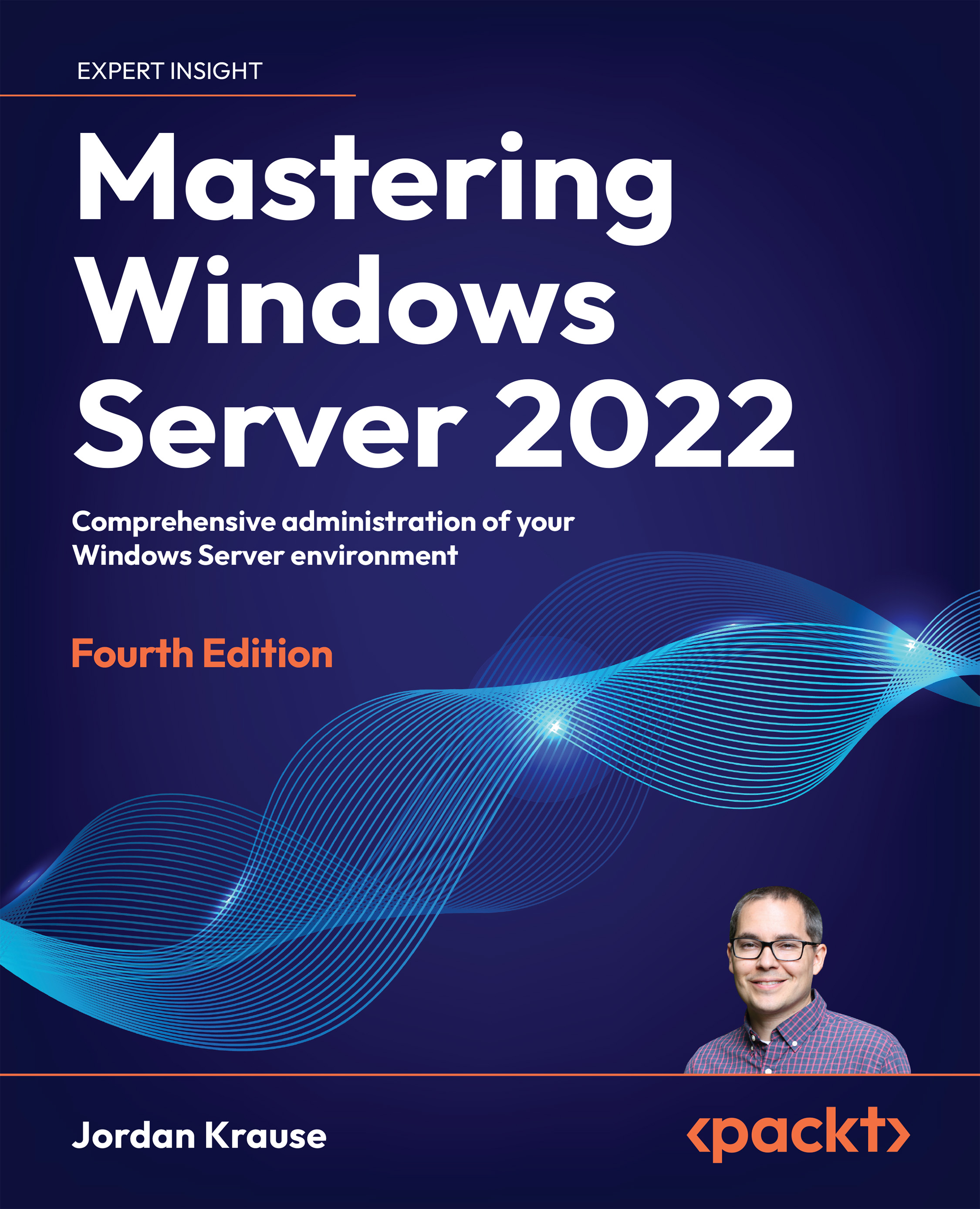Introduction to IPv6
Welcome to the dark side! Unfortunately, that is how many people think of IPv6 for the time being. While IPv6 is by no means a new thing, in my experience it is still something that almost no one has deployed in their networks. While working with hundreds of different companies all over the world over the past few years, I have come across only two organizations that were running IPv6 over their entire production network, and one wasn't even true native IPv6. Instead, they were using a tunneling technology, called ISATAP, over their whole network to make all of the servers and clients talk to each other using IPv6 packets, but these packets were still traversing an IPv4 physical network. Don't get me wrong; I have found plenty of cases where companies are toying around with IPv6 and have some semblance of it configured on a sectioned-off piece of their networks, but using it for the entire production network? Most of us just aren't ready for that big...
































































